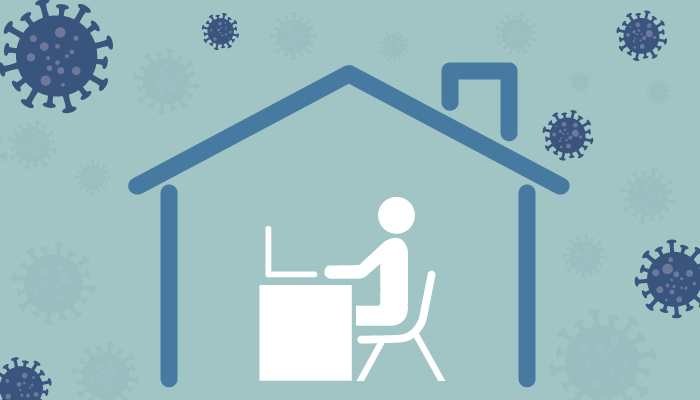Everyone was caught off-guard when COVID-19 was first discovered in Wuhan, China before quickly spreading throughout the mainland. From there, thanks to modern air travel, it catapulted to Europe, the United States and Canada, and has since infected nearly every country in the world. Aside health considerations, this global pandemic is affecting the business world in ways never before seen.
It is not, of course, the first time a major event has rocked the business world. The 2007-2009 Great Recession started with a burst of the U.S. housing market, and ultimately led to bank collapses, government bailouts, a drop in international trade and surging unemployment.
In the current pandemic, many businesses are closed or operating at reduced capacity due to government mandate. Some suddenly had to create or modify policies and/or operations in order to better protect employees and customers or to support efficient remote working. Some are still trying to figure things out. With the right planning and effort, they can, starting with two key areas:
- IT infrastructure & security
- Flexibility & communication
BEING PREPARED
D2 Worldwide policies and procedures in place before COVID-19 always supported remote work capabilities. With team members in two countries and nine states – with some often traveling for work and others embedded at customer sites – the IT infrastructure in place had to allow multiple people access to email, the network and more from systems around the world. VPN and remote desktop access are important components of a remote work setup. Having the right mix of communications tools, such as Microsoft Teams and GoToMeeting, in place to support team meetings, sharing files and more helps maintain a strong, collaborative work environment.
Security and all that entails, whether email, network, internet or other, is important as well. It is vital to protecting confidential company, personnel, and customer data. The D2 IT team works hard to raise awareness and to help employees understand best practices, like creating unique passphrases and identifying potential phishing attempts.
Flexibility – being able to adjust, as needed – is an important part of being prepared as well. Whether it’s bad weather, poor travel conditions, sick children or other, D2 culture has always actively supported a healthy work/life balance and consideration for personal employee needs. At D2, flexible work arrangements are a part of that.
Open communication is important too. Pandemic or not, regular 1:1s and team meetings help keep everyone in the loop and working towards shared goals. If a change in work venue is possible, team members need to know exactly what their options and management expectations are. When staff and leadership are aligned, things get done and trust is strengthened. Employees feel valued and management can focus on bigger, more strategic things.
IMPLEMENTATION
As the pandemic spread, D2 leadership took steps to preemptively address employee concerns about safety and openly communicate work options. The key message was: if you feel safer working from home, do so. Think about yourself, your family and others, and if there’s anything you need to make working from home easier, let’s talk about it. Managers discussed personal concerns on an individual basis to determine best ways to address those. Team members who needed additional hardware, such as monitor, webcam or other, got it. Management increased use of various communications apps to help maintain alignment and engagement, ensuring ongoing productivity. Those unfamiliar with certain apps received additional help.
Everyone, regardless of location, was kept in the loop so they knew what to expect, when things would happen, and ways to stay connected with coworkers. Because the pieces needed to support secure remote work were already in place, except for an occasional bug, the transition was relatively seamless. Those who wanted to or had a setup at home to support remote working did so. This reduced the number of people in the office but didn’t decrease overall communication or productivity.
LOOKING FORWARD
Despite the unknowns, one thing is certain: the fallout from COVID-19 will continue to impact businesses both large and small for years. It will be some time before we see how long-lasting the effects of the pandemic really are, economical or other. If you’re a business owner and want to explore the possibility of remote working, now or in the future, you can still do so. Obviously, it may not fit every business and does require some effort but getting pieces, like the proper IT infrastructure and critical security measures in place, being flexible and keeping communications channels open can help ensure a smoother transition should the need to work remotely arise again. D2 did it. You can too.
Our team of IT professionals can provide the information you need to understand hardware and software needed to ensure safe, secure remote working. Contact us today for information on how we can help.











